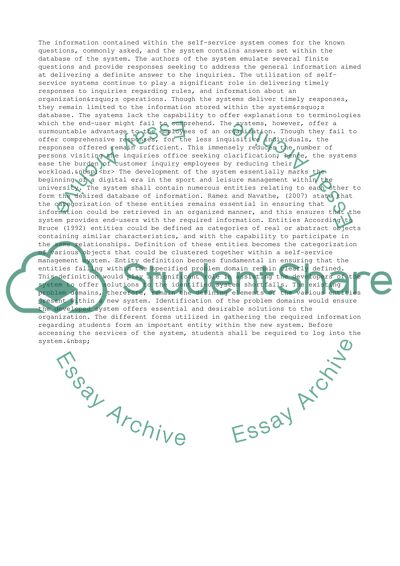Cite this document
(“Database Processing: Fundamentals, Design, and Implementation Essay”, n.d.)
Retrieved from https://studentshare.org/business/1399121-business-and-information-technology
Retrieved from https://studentshare.org/business/1399121-business-and-information-technology
(Database Processing: Fundamentals, Design, and Implementation Essay)
https://studentshare.org/business/1399121-business-and-information-technology.
https://studentshare.org/business/1399121-business-and-information-technology.
“Database Processing: Fundamentals, Design, and Implementation Essay”, n.d. https://studentshare.org/business/1399121-business-and-information-technology.


